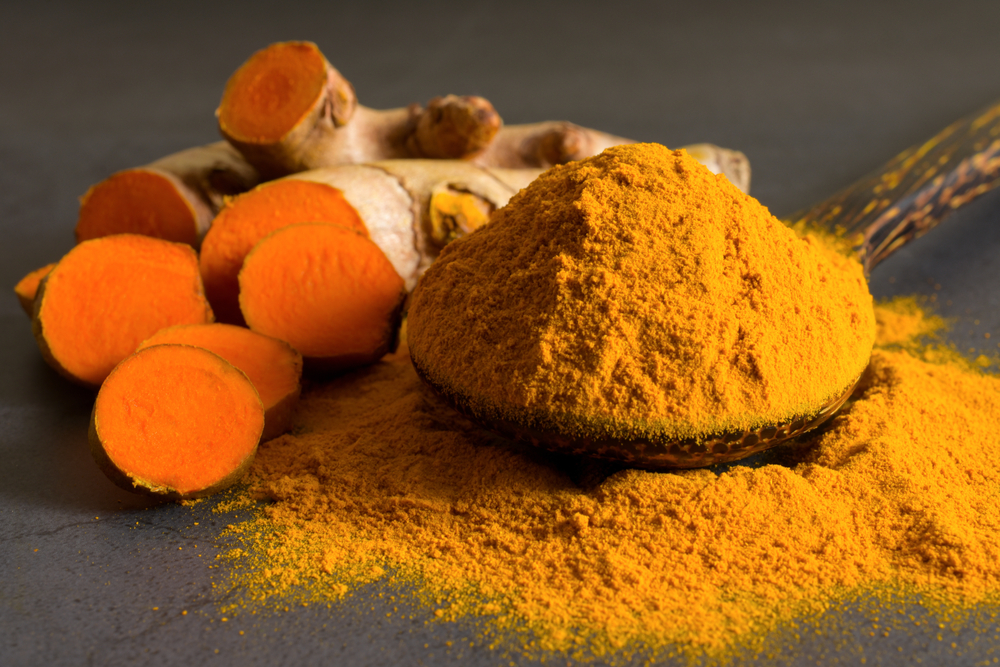Adding colors to crafts doesn’t always mean buying chemical dyes. Plants can be turned into vibrant natural dyes that are eco-friendly and fun to experiment with! For centuries, many communities around the world, including Hawaiʻi, have used plants to add color to their art, clothing, mats, ceramics, and more. Replacing store-bought dyes with plant-based ones is not only an exciting project, but it also minimizes the amount of chemicals that end up in our storm water and storm drain system.
Why Plant Dyes?
Store-bought dyes often contain chemicals that can be harmful if they end up in our storm drains, which flow directly into the ocean, affecting water quality, Hawaiʻi’s marine life, and the overall well-being of our environment. Using plant dyes is one big step towards more sustainable living and reducing pollution in our reefs and streams.
Easy Plants to Try:
- Kukui Nut (Candlenut) – The oily kernels inside the kukui nut produce a dark black color.
- Maʻo (Hawaiian Cotton) – The yellow blossoms of the maʻo plant create a yellow greenish dye.
- ‘Olena (Turmeric) – The root of this plant creates a beautiful yellow color.
- Jambolan (Java Plum) – A purple berry that creates a pink to purple color.
- Naupaka (Scaevola Taccada) – A hardy shrub that creates a rich green color.
How to Make the Plant Dye:
Plant dyes can be made in various ways. Here is an easy way to make it in your own home!
- Chop or crush your plant into small pieces.
- Simmer in water for 30-60 minutes until the color is released.
- Strain the liquid and that’s your dye!
Next time you’re looking for a fun project to do at home, grab some plants and experiment with all the different natural dyes! It’s a fun, eco-friendly activity that’s fun for all ages, and a vibrant way to protect Hawaiʻi’s environment.
Sources: Kapa Curious, Mānoa Heritage Center, Storm Water Hawaii



